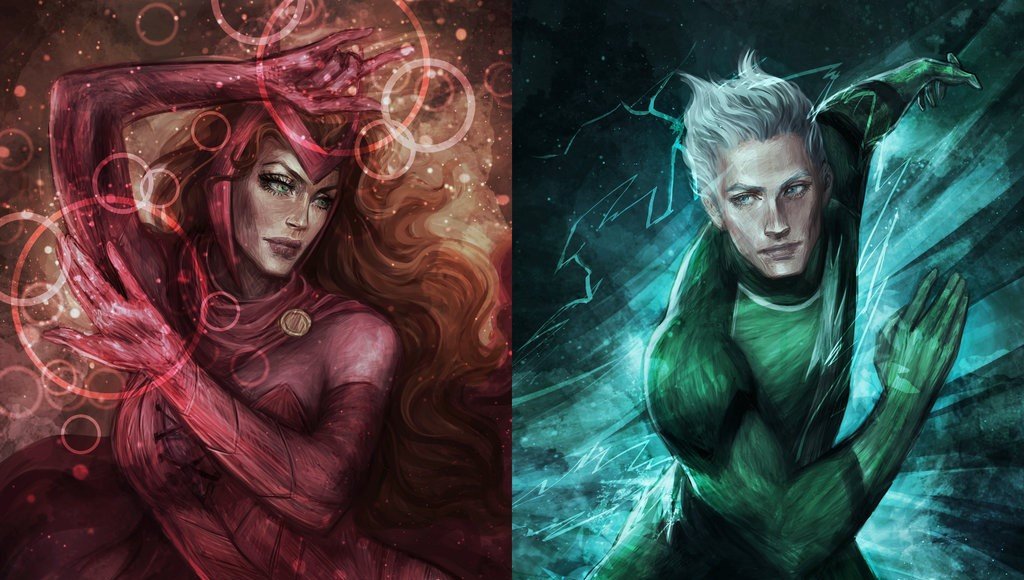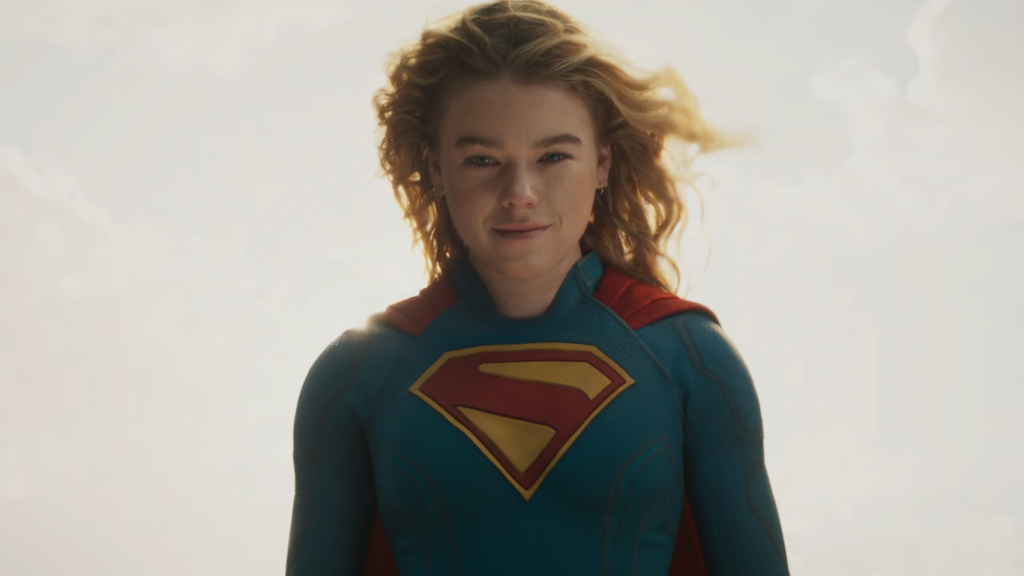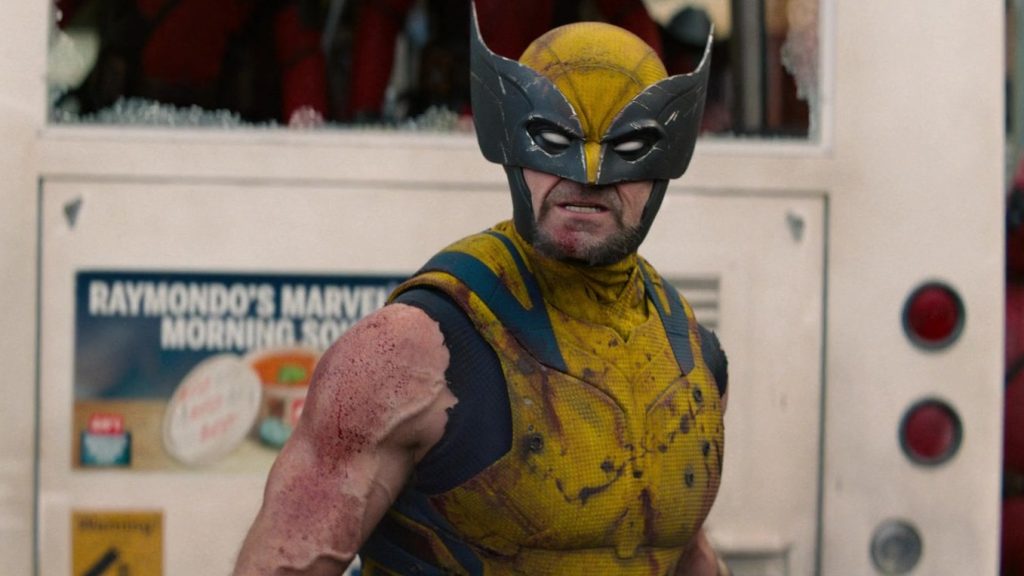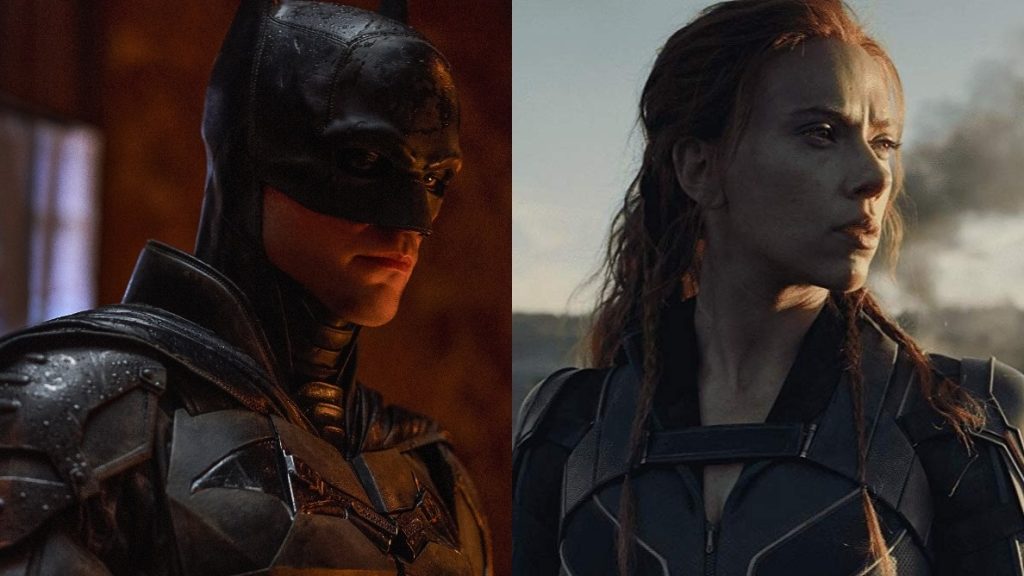The Marvel Cinematic Universe is blooming - in just 7 years, 12 movies have already been released, all of which leading towards some other epic installments. Throughout the first Phase of the MCU, we met the main Avengers and we saw them evolve, throughout their solo movies, as well as throughout the ensemble ones. So what happened in the second Phase? Is there a certain theme which can be detected as the red line of these last 6 movies?
There sure is one! The first movies of Phase I were, as said, introductory ones (the only exception being Iron Man 2, which is also perceived as one of the weakest Marvel movies to date). We got to meet Tony Stark, the business man, Thor, the god, and Steve Rogers, the soldier. Throughout these movies we also met Natasha Romanoff, the spy, and Clint Barton, who is also a spy. Of course, we cannot forget the scientist, who is Bruce Banner.
So, in a way, the red line of the first Phase was assembling the Avengers, for a final showdown with Loki and his Chitauri army. What was the red line for the second Phase of Marvel's Cinematic Universe?
Check it out, starting from the next page!
Iron Man 3 (May 3, 2013)
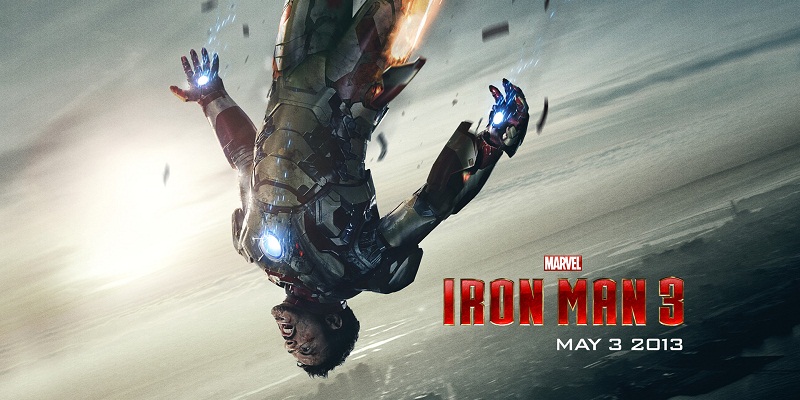
The movie to open Marvel's Phase II was Iron Man 3, the final installment in the most successful solo franchise on this side of the universe. In it, the studio further developed the story of Tony Stark, the one who delivered the final blow to Loki and his army (though Hulk was the one to physically defeat Loki, Stark was the one to drive the nuke into the alien mothership).
Iron Man 3 finds the titular character still trying to deal with the events of the first Avengers flick - he suffers from PTSD and he tries to build as many protective suits as possible, each of them designed to handle a different kind of threat. However, he still hasn't found the right suit which will help him overcome the threats the Universe has prepared.
His story arc for Iron Man 3 is one of the man trying to deal with his recent past. All his suits are a means of escaping from this past, even if it is impossible. Soon, though, Tony Stark realizes that running away is not possible, so he faces the threats in the only way he knows it: by being himself (a builder, a mechanic, an inventor) and by facing the threat all alone, without the aid of his multiple suits (he does destroy them in the end).
So, in a way, Iron Man 3 is a story of redemption: Tony Stark tries to put his fears aside and focus on what is really important for him. Pepper might need his protection, just like the entire world might need it - but hiding behind the suits won't do him any good.
His story is then continued in Avengers: Age of Ultron.
Thor: The Dark World (November 8, 2013)

The first Thor movie was indeed a story of redemption - the hot-headed Thor was stripped of all his powers and all he had to do is prove that he was worthy of wielding them. Is there such a red line in Thor: The Dark World too?
The movie picks up after the events of Avengers, a period of time during which the God of Thunder didn't get in any kind of contact with the Earthlings - especially with his sweetheart Jane Foster. And, as soon as they reconnect, something becomes revealed - she is about to die, after becoming infused with the power of the Aether. So what he needs to do is not to just convince her he hasn't forgotten about their love, but he also has to save her.
To be noted, he also has to pacify the 9 realms - so there is also that.
But the true story of redemption comes with Loki, the main baddie of the first Avengers movie. Locked away, he finds out that his (step)mother was killed and now he wants revenge. He wants to demonstrate that he was worthy of her hopes (and love, for that matter) and that he isn't that bad at heart.
Sure enough, the fact that he usurps the throne in the end might be a thorn in this theory - however, the first Thor film saw he wanting to prove that he is worthy of being a king of Asgard. Maybe this is his end game here too - maybe he knows that Thanos is coming and that Odin cannot face him. Somebody who knows the threat is needed. Redemption, we say!
Captain America: The Winter Soldier (April 4, 2014)

Now this is a Marvel flick filled with redemption stories. The first one, and the biggest, is the one of the Winter Soldier, the skilled and fearful assassin answering to HYDRA's orders.
After being brainwashed, he was the lapdog sent to take care, in the most inconspicuous ways, of any enemies the Nazi movement had. He was just a legend, with almost nobody knowing who he was - Black Widow encountered him and was nearly killed.
After coming to blows with Captain America, he breaks free of HYDRA's grip and realizes who he was - and old friend. So, after delivering what seemed to be a final blow, he saves his old friend.
Another redemption story could be the one of the Black Widow, who finally comes to terms with who she was and who tells her story in front of an official committee.
But what about Captain America himself? Did he have to atone with past mistakes? Well, he didn't really have to do that, since he is the compass of morality in the entire Marvel Cinematic Universe. His ideas and his principles are so strong and worthy of being followed by everybody, that he simply cannot make up for past mistakes - he has none!
Guardians of the Galaxy (August 1, 2014)
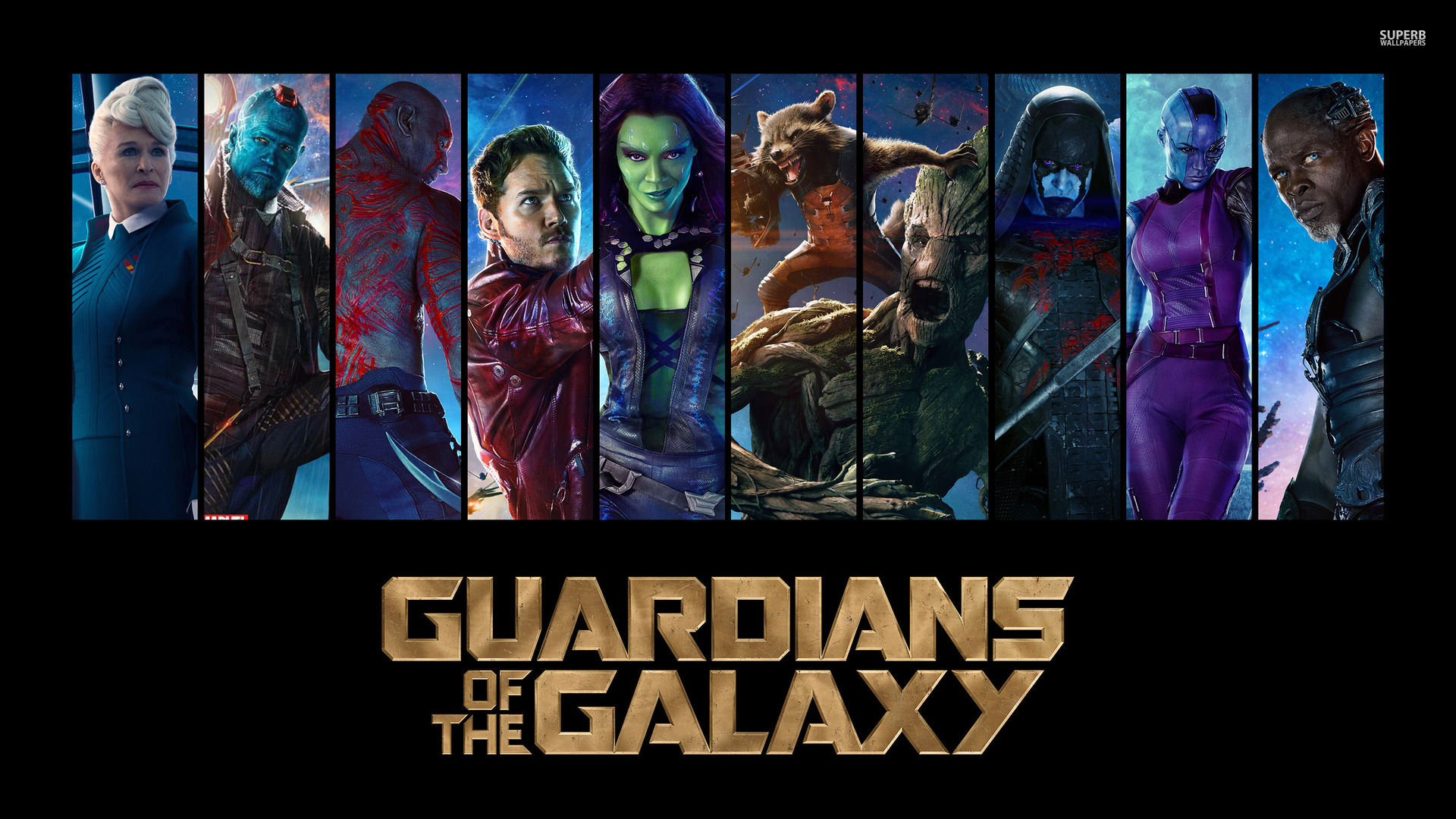
This is such an easy one - all the Guardians of the Galaxy are former thieves, assassins, and all around criminals. They need to make up for anything that concerns a criminal act, from the usual thieving to genocidal acts. And they have to do that against the most powerful villain from the entire Marvel Cinematic Universe.
Most likely, the star is Gamora, the one who has the most burdened past - besides coming to terms with her past, she also convinces Star Lord to be more heroic and to put himself aside when it comes to saving the others.
All of the Guardians endure great pain and they save the galaxy - like true guardians should.
Avengers: Age of Ultron (May 1, 2015)

The second of the Avengers, Age of Ultron sees the rise of a powerful and nigh unstoppable AI.
Searching for the means to protect the world from any threat, Stark creates Ultron, a psychotic AI who sees humanity as the only threat to Earth - and so he seeks to destroy it. Besides setting up quite a few movies, Age of Ultron shows how Iron Man makes up for this mistake - by creating another AI, Vision, who seems to be even more powerful than Ultron and who, ultimately, defeats the latter.
Bruce Banner also comes to terms with who he is, but in an unexpected way. After threating an entire city, he realizes that the Hulk cannot be contained - so, in order to make amends with who he is, he leaves the team (and, as it was already confirmed, Earth).
Scarlet Witch and Quicksilver are the ones who turn against their former ally and support the Avengers against the mad AI - their stories begin with their hate against Tony Stark and the other heroes and end up with actually entering the team. Quicksilver goes so far that he even sacrifices himself in order to save Hawkeye and a child.
Marvel’s Ant-Man (July 17, 2015)

This is in its entirety a story of redemption: Scott Lang needs to leave aside the life of crime and prove to his daughter (and to himself) that he is a hero, while Hank Pym must reconnect with his daughter.
We believe that this is also the reason why Ant-Man was chosen as the final flick of Marvel's Phase II - because it shows that each of the characters needs to come to terms with their past for a better future. Ant-Man is a redemption story, just as much as it shows that anything can get very personal for superheroes (Stark's girlfriend kidnapped, Steve's old friend becoming a brainwashed assassin, Thor's girlfriend in peril and his mother killed, Star Lord realizing that he is much more than just a thief, Scot Lang becoming a true father figure).
What do you think? Is redemption the red line which connects all the Marvel Phase II movies?

